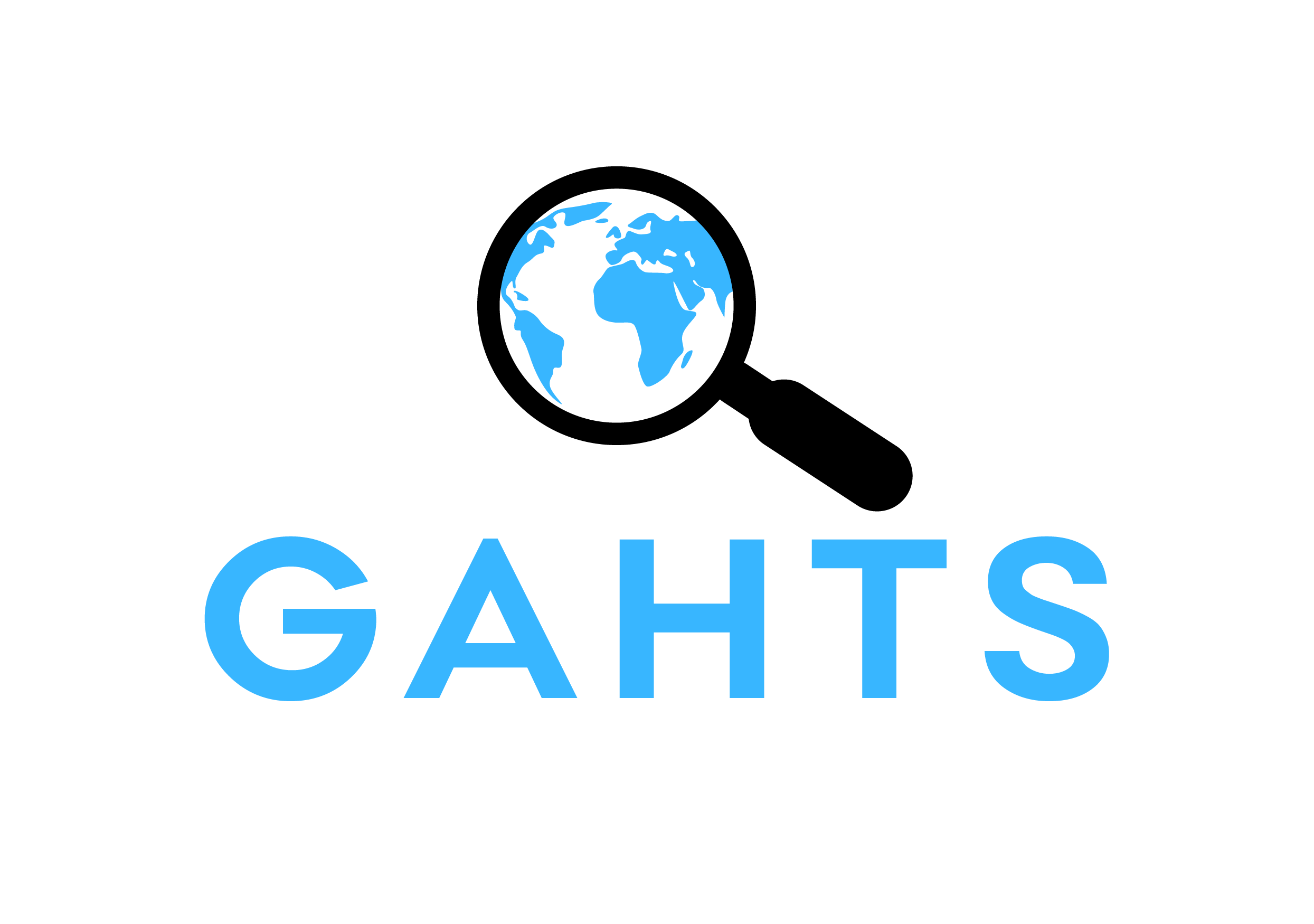Human Trafficking ICD-10 Code Utilization in Pediatric Tertiary Care Centers Within the United States
Author: Garg, Anjali; Panda, Preeti; Malay, Sindhoosha & Slain, Katherine
Abstract: Human trafficking is a global public health issue that affects pediatric patients widely. The International Labor Organization estimates children comprise approximately 25% of the identified trafficked persons globally, with domestic estimates including over 2000 children a year. Trafficked children experience a broad range of health consequences leading to interface with healthcare systems during their exploitation. In June 2018, International Classification of Diseases, Tenth Revision, Clinical Modification (ICD-10-CM) released diagnostic codes for human trafficking. To use a large, multicenter database of US pediatric hospitalizations to describe the utilization of the ICD-10-CM codes related to child trafficking, as well as the demographic and clinical characteristics of these children. This study was descriptive in nature. Encounters using data from the Pediatric Health Information System database (PHIS) with ICD-10-CM codes indicating trafficking from June 1, 2018 to March 1st, 2020 were included in the study cohort, with data collection continuing for 30 days after first hospital encounter, until March 31st, 2020. Patients 19 years old and younger were included. Condition-specific prevalence as well as demographic and clinical characteristics for patient encounters were analyzed. Study subjects were followed for 30 days after first hospital encounter to describe healthcare utilization patterns. During the study period, 0.005% (n = 293) of patient encounters in the PHIS database were identified as trafficked children. The children of our cohort were mostly female (90%), non-Hispanic Black (38%), and had public insurance (59%). Nearly two-thirds of patients (n = 190) had a documented mental health disorder at the initial encounter, with 32.1% classified as the principal diagnosis. Our cohort had a 30-day hospital inpatient, overnight observation, or emergency department readmission rate of 16% (n = 48). Our study demonstrates a low utilization of human trafficking ICD-10-CM codes in academic children's health centers, with code usage predominantly assigned to Non-Hispanic Black teenage girls. As comparison, in 2019 the National Human Trafficking Hotline identified 2,582 trafficked US children in a single year. These results suggest widespread under-recognition of child trafficking in health care settings, including the intensive care unit, in addition to racial and socioeconomic disparities amongst trafficked children.
Keywords: public health, pediatrics, child abuse, International Classification of Diseases, human trafficking
